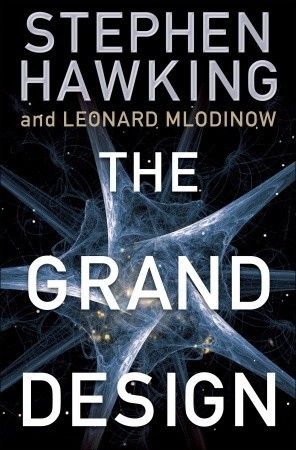More on this book
Community
Kindle Notes & Highlights
“All uranium-235 spheres are less than a mile in diameter” could be thought of as a law of nature because, according to what we know about nuclear physics, once a sphere of uranium-235 grew to a diameter greater than about six inches, it would demolish itself in a nuclear explosion. Hence we can be sure that such spheres do not exist.
David Hume (1711–1776), who wrote that although we have no rational grounds for believing in an objective reality, we also have no choice but to act as if it is true.
that the laws of physics and in particular the speed of light should appear to be the same to all uniformly moving observers.
1. Gravity. This is the weakest of the four, but it is a long-range force and acts on everything in the universe as an attraction. This means that for large bodies the gravitational forces all add up and can dominate over all other forces. 2. Electromagnetism. This is also long-range and is much stronger than gravity, but it acts only on particles with an electric charge, being repulsive between charges of the same sign and attractive between charges of the opposite sign. This means the electric forces between large bodies cancel each other out, but on the scales of atoms and molecules they
...more
According to QCD, the proton, the neutron, and many other elementary particles of matter are made of quarks, which have a remarkable property that physicists have come to call color (hence the term “chromodynamics,” although quark colors are just helpful labels—there is no connection with visible color). Quarks come in three so-called colors, red, green, and blue. In addition, each quark has an anti-particle partner, and the colors of those particles are called anti-red, anti-green, and anti-blue. The idea is that only combinations with no net color can exist as free particles.
according to current data the big bang occurred about 13.7 billion years ago.


